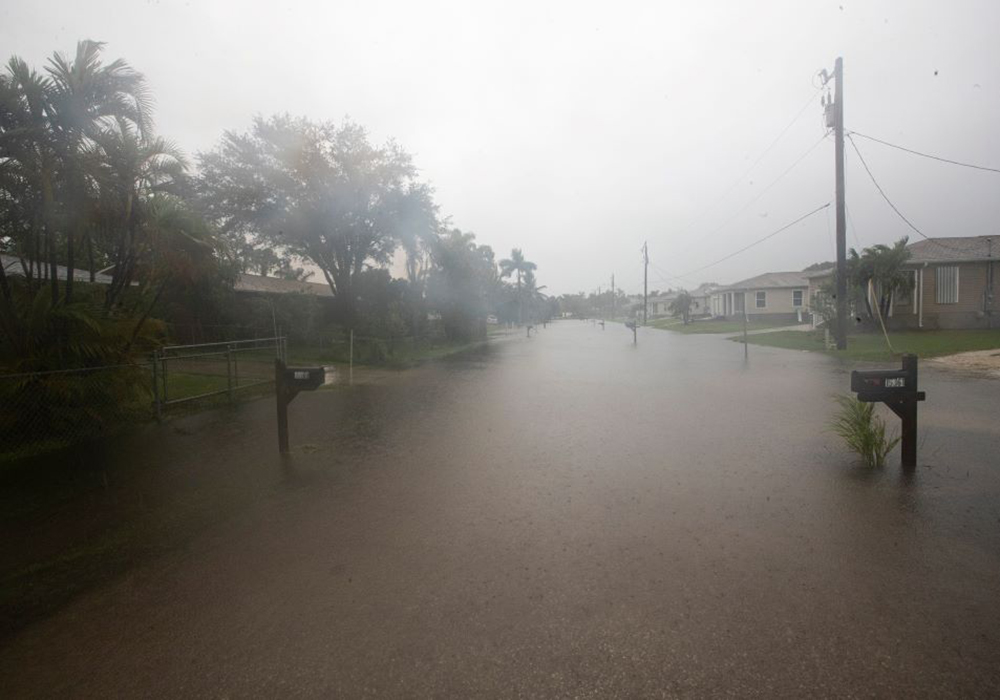Glacier FarmMedia – While the price of urea fertilizer has spiked at the Gulf of Mexico as Hurricane Milton bears down on Florida, that increase is unlikely to affect Canadian farmers much, said MarketsFarm analyst Bruce Burnett.
“There has a been a spike in the market down at the Gulf, so that eventually translates to maybe higher prices here. We’ll see how long it sticks around.” Burnett said.
“I don’t think it sticks around that long.”
Read Also

Fertilizer method’s link to emissions studied
A researcher says others studying greenhouse gas emissions aren’t considering how the loss of nitrogen into the atmosphere correlates with fertilizer application or if there is an impact to yield.
Hurricane Milton is expected to hit Florida’s west coast late Oct. 9, according to a U.S. National Weather Service bulletin. Central and southwestern Florida, including Tampa, are expecting “life threatening storm surge, damaging winds, and flooding rains.”
This, after Hurricane Helene hit the state in late September.
Gulf urea prices have risen by seven or eight per cent this month and peaked on Oct. 4, said Burnett.
Global urea prices rose in recent days, which some have blamed on conflict between Iran and Israel, Josh Linville, vice president of fertilizer at StoneX, told the AgriTalk podcast on Monday.
However, urea inventories were already tight based on “production hiccups” around the world, he said.
“Iran attacking Israel was not the thing that caused it. It was just the trigger that allowed the market to come together and say we now need to move higher because the supply issue is very, very real,” Linville said.
Linville was more concerned about phosphate. Florida has several phosphate mines in the path of the hurricane.
On X, Linville said he was less concerned about phosphate facility damage than he was about electrical infrastructure damage and about workers who might need to care for friends and family before returning to work.
The Gulf region also has many port loading facilities for phosphate, Burnett said. If those are damaged, that could cause shipping delays of the raw material from the mines.
However, he pointed out that Canadian farmers are likely in no hurry to purchase phosphate at this time of year.
“So really the price of mono and diammonium phosphate are irrelevant right now, unless you’re buying for the spring,” he said.
However, farmers are likely frustrated with the price of fertilizer in general, Burnett said. Crop prices have dropped 20 to 30 per cent over the last year while fertilizer prices have remained fairly level.
“I would say that farmers are looking at next year’s cropping rotation, relatively expensive fertilizer compared to the price of the crops that they’re growing and will probably look to minimize nitrogen or try to move to more pulse crops,” Burnett said.
“I think we’re going to see that in a number of areas, not just fertilizer,” he added.


















